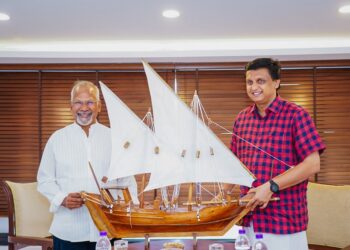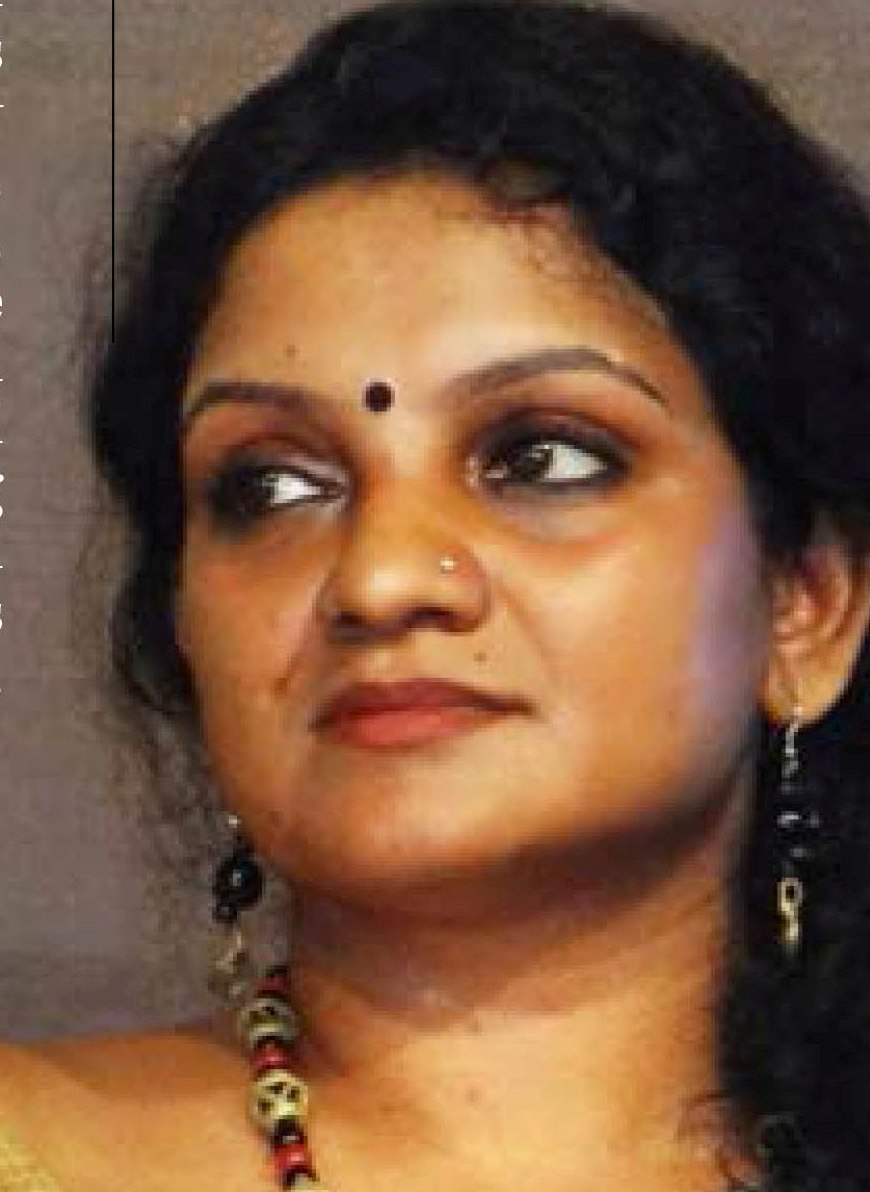The puppets are playing in tune with the singing behind a long curtain illuminated by traditional earthen lamps and their shadows fall on a white cloth. The shadows pull us to the storyline and we gradually nod our head with the singing. An amazing ritual art which steals your mind and spirit.
Tholpavakoothu is the shadow puppetry of Kerala. In Malayalam, Thol means leather; Pava means puppet and Koothu, the play. This is performed as a ritual at the Bhadrakali temples in and around the districts of Palakkad and Malappuram in the state.
This ancient ritualistic art form, very little is known about the period of origin. It is said to have originated in the 18th century is also known as pavakoothu (puppet play) or nizhalattam (shadow play). This entertainment art is performed on a special stage called koothumadam in the temple courtyard. Pavakal (Puppets), usually representing four characters from the Ramayana, are arranged behind a long white screen, in front of bright wick lamps. The puppets made of deer skin are made to dance to songs from the Kamba Ramayana (the Tamil version of the epic). The performance starts late at night and continues up to daybreak.


It is believed that the compositions for Tholpavakoothu were done by Chinnathampi Vadhyar, based on the version of the epic Ramayan written by the great Tamil poet and scholar – Kambar, who lived in 12 C.E. With Ramayana as the theme, the puppets in Tholpavakoothu represent characters in it. Poems and narrations accompany the play.
Several Bhadrakali temples in Palakkad have Koothumadams, permanent structures for staging the puppetry. The stage is curtained-off with a white cloth and leather puppets are held up with sticks, behind the screen. Earthen lamps are placed behind the puppets to create shadows on the screen.
As per belief, Goddess Bhadrakali who was busy in her fight with Dharika, whom she eventually kills, could not watch the triumph of Lord Rama over the demon king Ravana and the subsequent release of Sita, the beloved wife of Rama. Since the goddess missed that epic battle between Rama and Ravana, the story of Ramayana was staged in the form of Tholpavakoothu, especially Yudha Kanda, the chapter dealing with the war. The story of Ramayana is composed for Tholpavakoothu in 21 parts, which are presented during 21 nights. About 180 puppets are needed for a full performance.
The art form is usually staged late in the evening. By nightfall, performance begins on a specially made stage called the Koothumadam. Here, the puppets are played behind a long curtain illuminated by traditional earthen lamps. The puppets are flat and made of malleable deerskin, and their shadows fall on a white cloth stretched taut across the Koothumadam. As per the local belief, this ritual art form is watched by the goddess, who in turn blesses the community.
Kerala, a land with a culture and tradition that have many interesting facets, has over the years become a fascination for visitors from around the world. Its cultural fabric is woven by the captivating threads of traditional practices and beliefs. Among them, the ritual arts deserve special mention.
Also read
Resurgent Leadership: Dr. Rajashree Ajith
Watch on Youtube
Brand Kerala Woman of the Year Award acceptance Speech by K.K Sailaja Teacher














